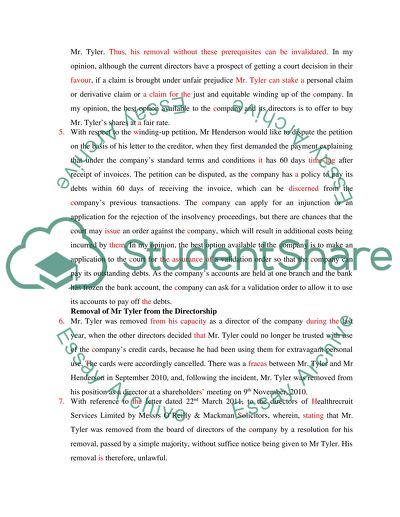Cite this document
(“BVC Company Law Assignment Essay Example | Topics and Well Written Essays - 3000 words”, n.d.)
Retrieved from https://studentshare.org/family-consumer-science/1423283-bvc-company-law-assignment
Retrieved from https://studentshare.org/family-consumer-science/1423283-bvc-company-law-assignment
(BVC Company Law Assignment Essay Example | Topics and Well Written Essays - 3000 Words)
https://studentshare.org/family-consumer-science/1423283-bvc-company-law-assignment.
https://studentshare.org/family-consumer-science/1423283-bvc-company-law-assignment.
“BVC Company Law Assignment Essay Example | Topics and Well Written Essays - 3000 Words”, n.d. https://studentshare.org/family-consumer-science/1423283-bvc-company-law-assignment.


